Discover our exclusive collection
Over 3,000 historic giclee prints, 16 artists and 40 complete sets
Any questions?
We are more than happy to help. Just send us a message, and we will be in touch
Published in three parts between 1844 and 1853, this acclaimed work includes 17 color and six black and white studies of falconry.
The publication includes many different birds including the White Falcon, the Iceland Falcon and the Merlin, plus falcons of Europe including the Kestrel and the Sparrowhawk.
It also includes depictions of the instruments used in falconry, plus information on the terminology of falconry and the history of falconry.
The artwork for this publication was created mainly by Joseph Wolf. His evocative falcon illustrations established him as a talented bird artist, leading to commissions from other important ornithological authors, including Elliot and Gould.
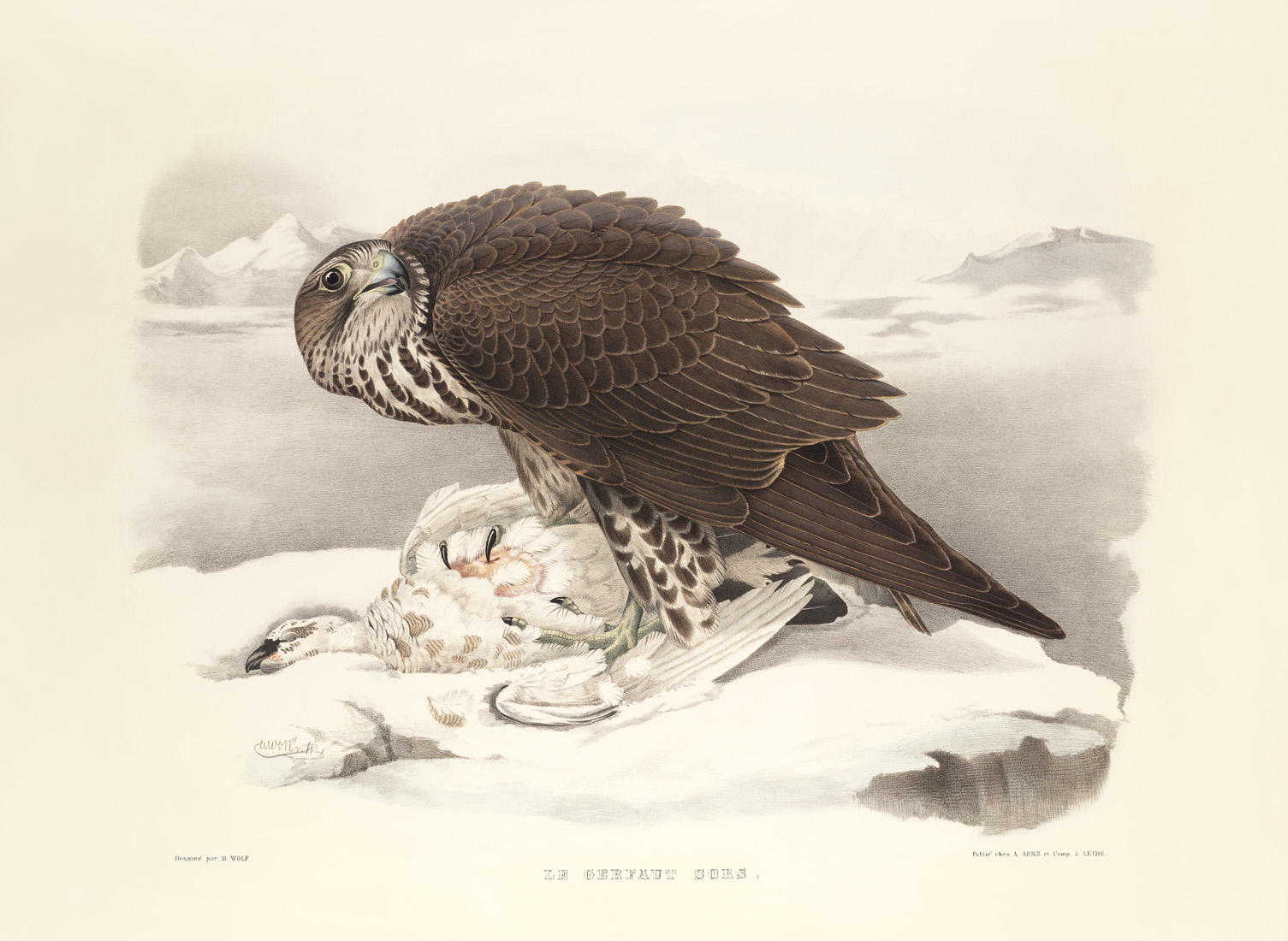
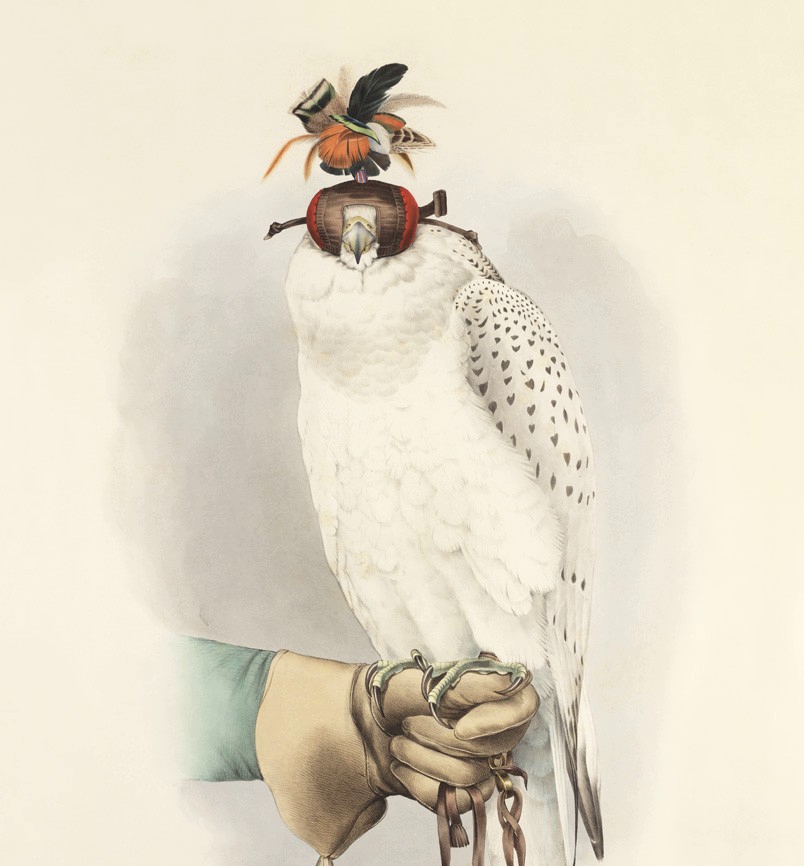
We are delighted to give you the opportunity to own your own Schelegel collection, created directly from the original editions of these acclaimed masterpieces.
With each bird depicted at life size, the publication was created in the large Atlas folio format of 28.5 x 21 inches (72.5 x 53 cm).
With age-resistant white etching paper and archival ink; the prints are designed to resist fading for 100 years, giving you a lifetime of enjoyment from this extraordinary collection.
A complete set includes:
Publication: Traité de Fauconnerie
Author: Hermann Schlegel (1804-1884)
Print artist: Joseph Mathias Wolf (1820-1899)
Published: Leiden-Dusseldorf, 1844-1853
A complete set includes:
1 title page
1 content page with all titles of the prints
18 prints after the hand-colored originals
6 (extra) prints after uncolored originals
Certificate of authenticity
1 handcrafted art folder embossed with gold lettering
Casing: The complete set will be cased in an stylish art folder embossed with golden lettering.
Size of the prints: 28.5 x 21 inches (72.5 x 53 cm).
Durability: To ensure the durability, the giclée’s are printed on acid-free white etching paper (270 g/m2) with archival ink.
Quality: These prints were photographed using the latest technology and reproduced at the original plate size. Printed in the highest possible resolution, these prints are virtually indistinguishable from the originals when glazed and framed.
Limited Edition: The edition will be limited to 50 sets, numbered 1/50 to 50/50, signed and stamped with a blind embossing.
Shipping and delivery: Read more about shipping and delivery in our FAQ .
Born in the German city of Altenburg, Schlegel’s love of natural history began at an early age.
His father, a brassfounder, was a keen collector of butterflies which first gave the young Schlegel an introduction to the natural world. But it was the unexpected discovery of a buzzard’s nest which set Schlegel on his path to studying birds. His discovery also led to a meeting with the German ornithologist Christian Ludwig Brehm, who would later become instrumental in setting Schlegel upon his career in zoology.
In 1824, Schlegel travelled to Vienna where he attended university lectures by Austrian zoologist Leopold Fitzinger and Austrian taxidermist and zoologist Johann Jakob Heckel.
Following his earlier meeting with Schlegel, the ornithologist Brehm wrote to the Natural History Museum in Vienna, securing a place there for Schlegel.
Natural History Museum Leiden
A year later, the director from the museum recommended Schlegel to the Natural History Museum in Leiden in the Netherlands. Schlegel began working here as an assistant, at first working with the reptile collection but later working with other zoological collections.
In his early 40s, Schlegel became a correspondent of the Royal Institute of the Netherlands which later became the Royal Netherlands Academy of Arts and Sciences.
Debate on evolution
This period was a time of much debate on the topic of evolution. Schlegel believed that species were fixed and made his opposition to Darwin’s theory of evolution clear.
In 1858, when Coenraad Jacob Temminck, director of the Natural History Museum in Leiden died, Schlegel became the new director, after spending over three decades under Temminck’s direction.
Interest in wildlife Southeast Asia
Schlegel had a particular interest in the wildlife of Southeast Asia and in 1857 he sent his son Gustav to China to collect birds. Around this time, he also took on an assistant Otto Finsch and began publishing a scientific magazine Notes from the Leyden Museum.
Schlegel employed three accomplished artists: John Gerrard Keulemans, Joseph Smit, and Joseph Wolf who worked with him on his volumes of bird art.
Schlegel died on 17 January 1884 in Leiden but his name lives on. Several species have been named after him including the crested penguin Eudyptes schlegeli and the venomous snake Aspidomorphus schlegelii.
Two of Schlegel’s best-loved publications are his work on falconry: Traité de Fauconnerie and The Turacos, his study of the Turaco – a colorful bird from sub-Saharan Africa.
Schlegel created the book Traité de Fauconnerie with a second author, his great friend and hunting partner – Verster van Wulverhorst. In 1838, Schlegel developed a keen interest in the art of falconry, after he began hunting near the Het Loo Palace (situated in Apeldoorn, close to the town of Ede).
Writing in his autobiography Schlegel described how he and van Wulverhorst often talked about falconry and how his friend had already created a small publication on the subject.
The lost art of falconry
Schlegel also explained how determined he was to discover the secrets of the lost art of falconry which had become almost completely forgotten in Europe. He was excited to uncover the history of the art and Traité de Fauconnerie was the result.
Schlegel credited his friend’s contribution to the publication by including van Wulverhorst’s name on the title page. He regarded Traité de Fauconnerie with particular personal importance as it was the publication that led him to discover Joseph Wolf, whom Schlegel described as an “unsurpassed animal painter.”
The finest work on falconry ever produced
Traite de Fauconnerie is described by the English ornithologist James Edmund Harting as: “The finest work on falconry which has ever been produced, not only on account of the beauty of the plates, wherein the hawks are depicted life-size and of the natural colour but also for the general accuracy of the letterpress.”
The artwork for this publication was created mainly by Joseph Wolf. His evocative falcon illustrations established him as a talented bird artist, leading to commissions from other important ornithological authors, including Elliot and Gould.
Less than 100 copies of Traite de Fauconnerie were published and only around half of these are thought to have survived.
Birds and instruments
The publication includes many different birds including the White Falcon, the Iceland Falcon and the Merlin, plus falcons of Europe including the Kestrel and the Sparrowhawk. The publication also includes depictions of the instruments used in falconry, plus information on the terminology of falconry and the history of falconry.
With each bird depicted at life size, the publication was created in the large Atlas folio format of 27.5 x 21 inches (70×53 cm).
Commenting on Wolf’s work, the Scottish bird artist Archibald Thorburn said: “There is an indescribable feeling of life and movement attained by no other wildlife artist.”
Meanwhile, the English painter Sir Edwin Landseer described Wolf as: “without exception, the best all-round animal painter that ever lived.”
We know how special it is to own a piece from your favorite artist; a piece that will be a real talking point in your home.
That is why each edition is limited to just 50 prints. These are numbered from 1/50 to 50/50 and are signed and stamped with a blind embossing.
So when you choose prints from Heritage Prints, you know your artwork has been printed with great care and in limited numbers, making it a print only a select few will own
When investing in a complete set, our handmade art folder is the perfect place to store your collection.
The art folder is sturdy so it will protect your prints, yet elegantly embossed with gold lettering.
This stylish, high-quality art folder is designed especially for keeping your prints safe and in perfect condition – yet you can still easily look at them whenever you wish.
When you invest in our prints or collections, you will receive a certificate of authenticity.
This provides a lasting record of your artwork and gives you valuable certification if you ever wish to sell or bestow your collection in the future.
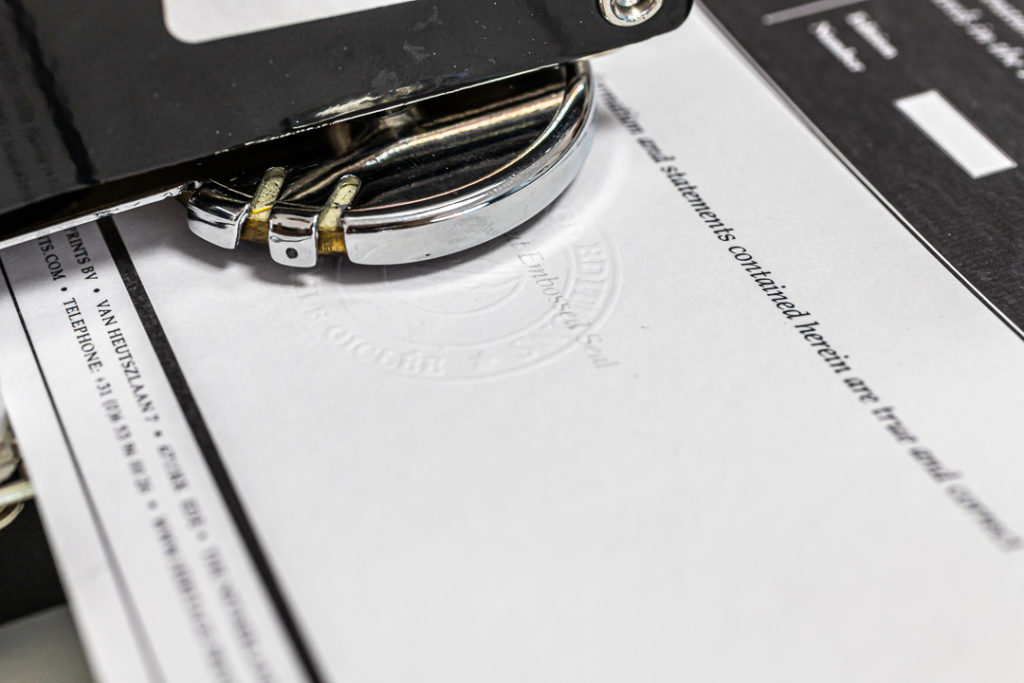
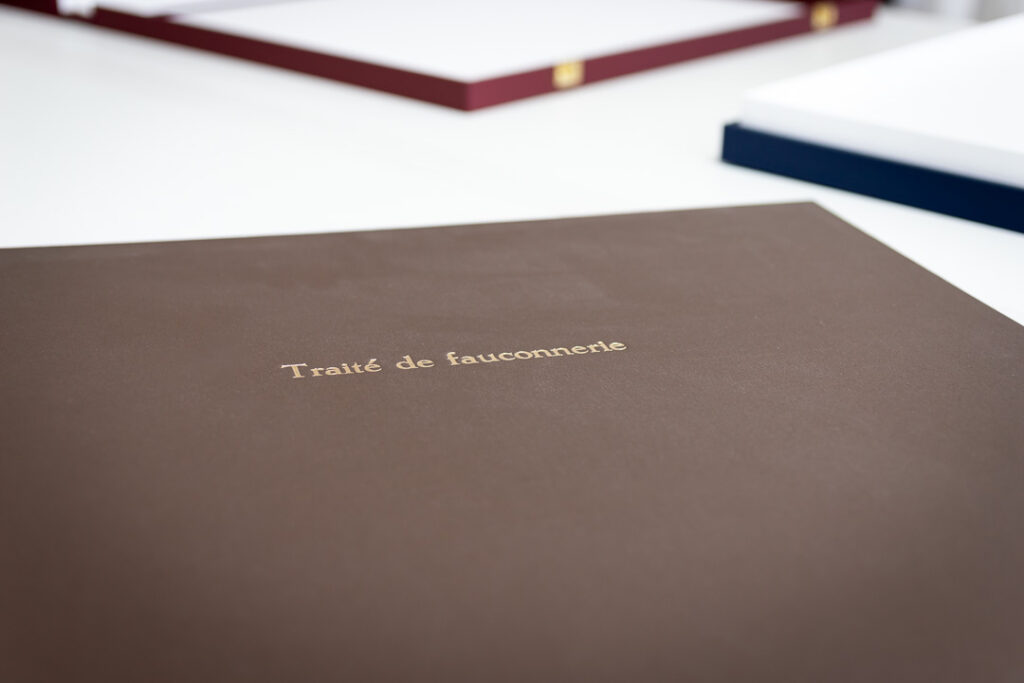

Heritage Prints has a master copy of many images. But we do not have every certified facsimile giclee print in stock.
If you cannot find a specific work on our website, please contact us directly and we will start the rigorous process of printing your individual facsimile.
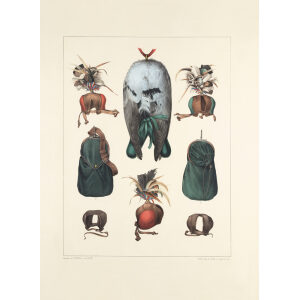
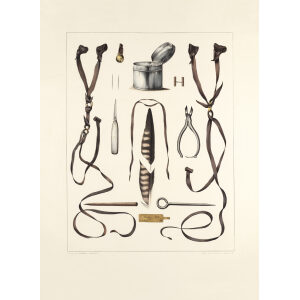
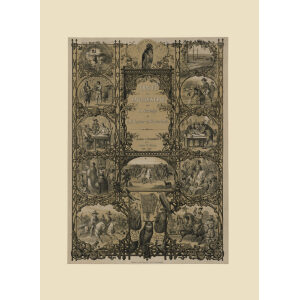
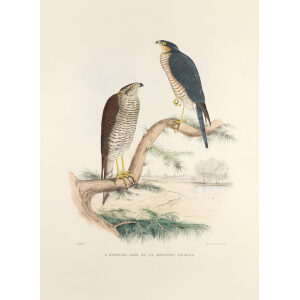
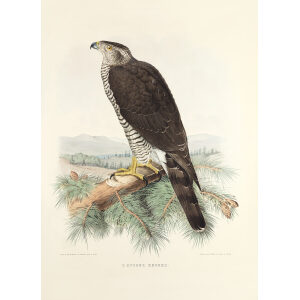
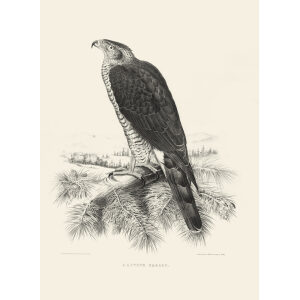
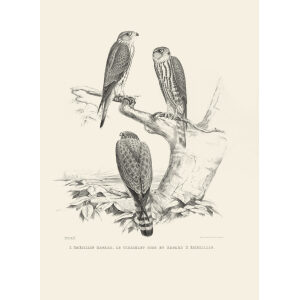
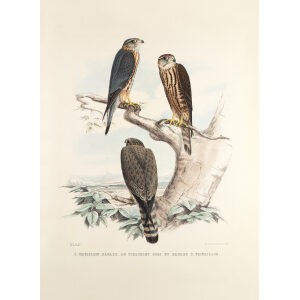
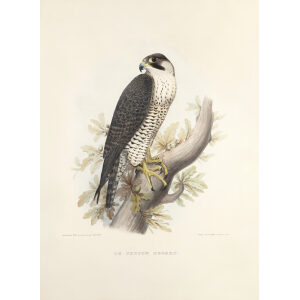
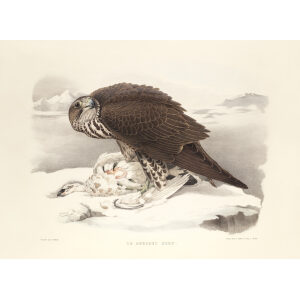
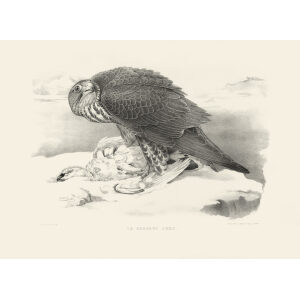
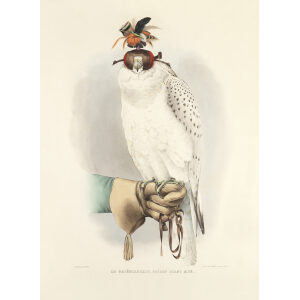
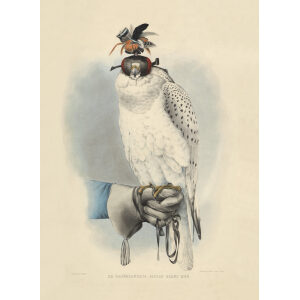

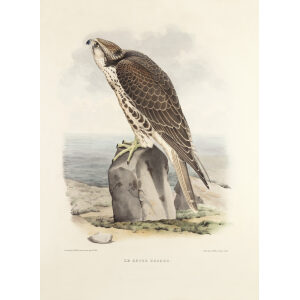
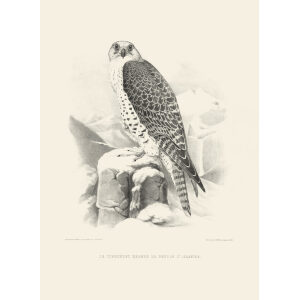
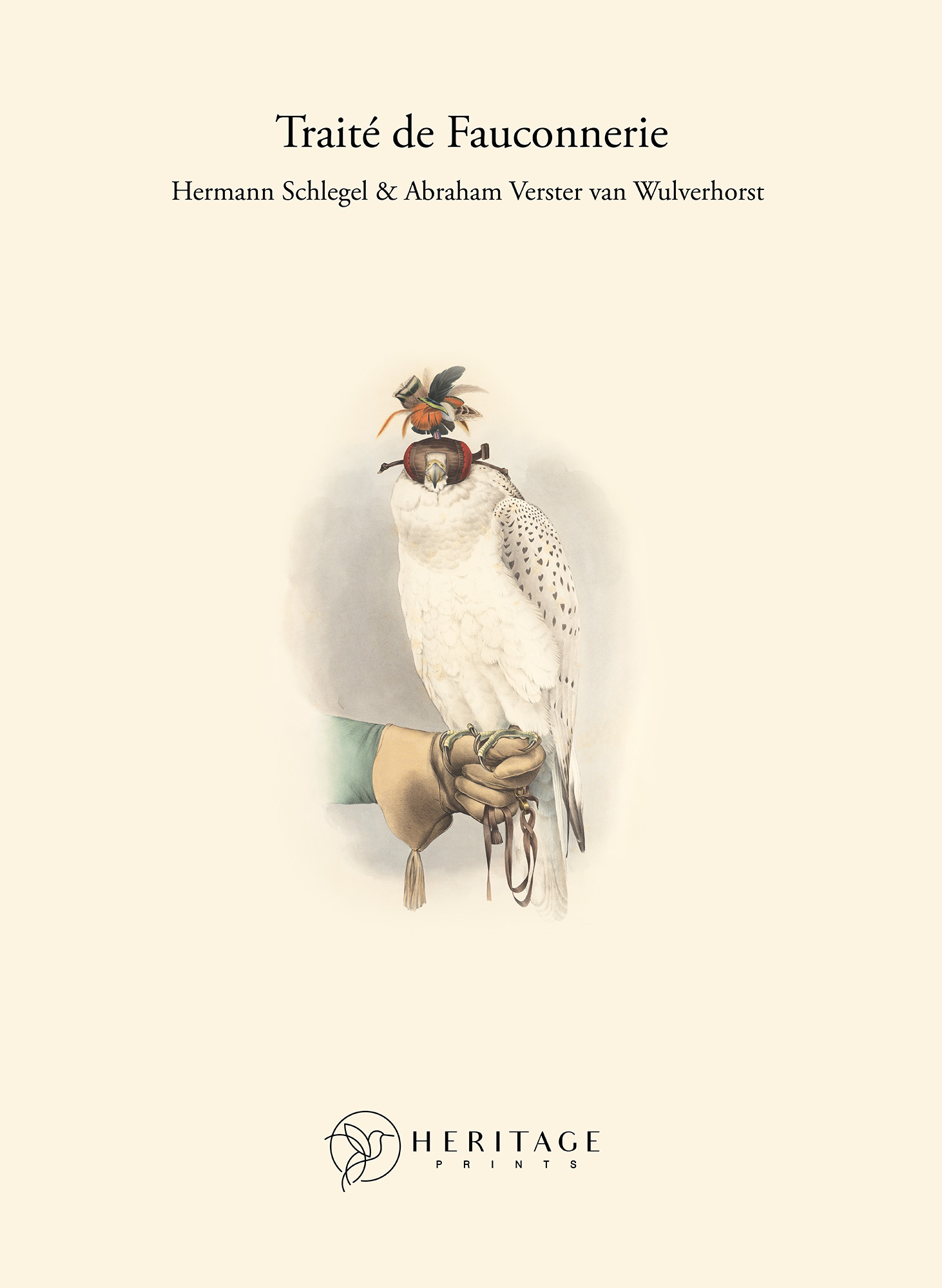
Over 3,000 historic giclee prints, 16 artists and 40 complete sets
We are more than happy to help. Just send us a message, and we will be in touch
Chambre of Commerce: 75 23 82 84
VAT: NL860202604B01
To subscribe to our newsletter and be updated about new and interesting additions to our collection, please enter your email address below.
© Heritage Prints 1992-2022 | All rights reserved